Inspired by British physician and founder of the modern hospice movement, Cicely Saunders (1918-2005), the short film After Cicely explores the incorporation of palliative care into medical practices across Asia. This film inspired several photo stories that document palliative care in Mongolia, Singapore, Bangladesh and Taiwan.
About a decade ago, Mongolia had no palliative care focus in its healthcare system. Thanks to Dr. Odontuya Davaasuren and her colleagues at the Mongolian Palliative Care Society, terminally ill patients now receive pain management and other treatment that enhances their ability to enjoy life while they still have it. The photo series Rooms documents the palliative care journey of some of these patients and their families; the text paired with each image elaborates on the personal story of the individuals shown.
By Your Side is a simple and powerful portrait project that depicts mothers with their seriously ill children, who must travel many long hard hours across rural Bangladesh to Dhaka in order to receive treatment. These portraits were taken at a shelter in Dhaka run by the ASHIC Foundation, which was started by Mrs. Salma Choudhury in 1994 after her toddler son died of cancer. The photographs are accompanied by text stating the child’s name, age, type of cancer they are afflicted with and the number of hours they had to travel to receive care.
In Taiwan, volunteers in palliative wards play an important role in providing comfort care. Some of these empathic individuals have dedicated years to helping others manage their pain. The images comprising Hands On were taken at National Cheng Kung University Hospital’s palliative care ward and are supplemented by commentary from the volunteers they depict.
Bedside Archaeology documents the bedside tables of hospice residents at St Joseph’s Home and Hospice in Singapore, which was founded by Catholic Welfare Services in 1978. With 130 residents and 20 beds for those needing palliative care, elderly patients must share sleeping rooms due to funding and space limitations. In this context, the bedside table becomes the visual expression of a patient’s personality. These image are accompanied by thoughtful reflections from administrator and nurse Sister Geraldine Tan, who has helped run St Joseph’s since 1985.
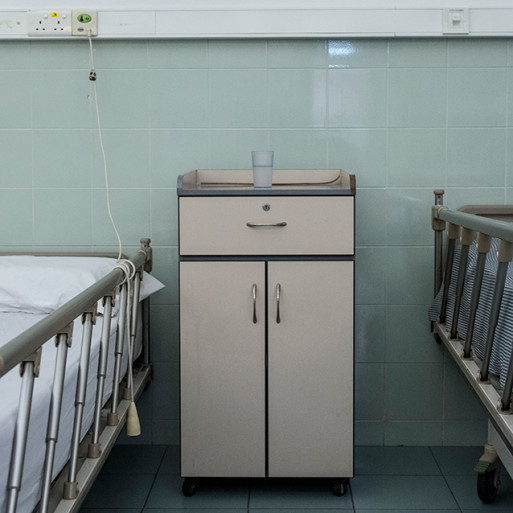
“I want to be a nurse where I can really empathize and cry with the family. When the family is down, we understand and nobody can stop me from crying. Tears become very natural. And with those tears we kind of connect. It is really beautiful.” (Sister Geraldine Tan)
Image from photo story “Bedside Archaeology”
(Credit: aftercicely.com)
It is a brave and vulnerable thing for individuals who are nearing the end of life to allow themselves to be documented in such a revealing way. And yet, these are the images that the Western world so desperately needs to demystify end-of-life care and reduce the fear of the unknown through exposure to the dying process. Palliative care is relatively new in Asian medical practice, yet death itself has not been hidden away from the public eye. Conversely, in the West, were the hospice movement has been established for several decades, death is a rarely-witnessed thing, relegated to understaffed hospice wards and viewed as a psychologically distressing anomaly. Perhaps a fusion of Western and Eastern perspectives are needed at this time in human history, as physical, emotional, psychological and cultural aspects of dying and grieving are coming to bear upon an increasingly global community.

 Hospice Photo Stories Offer Insight into Pan-Asian World of Palliative Care
Hospice Photo Stories Offer Insight into Pan-Asian World of Palliative Care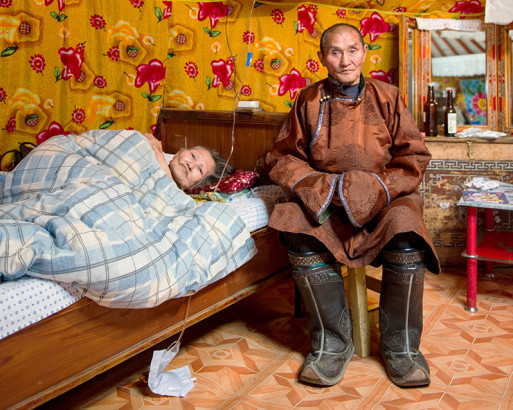
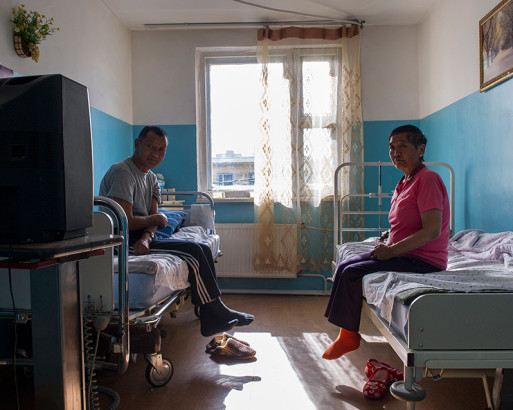
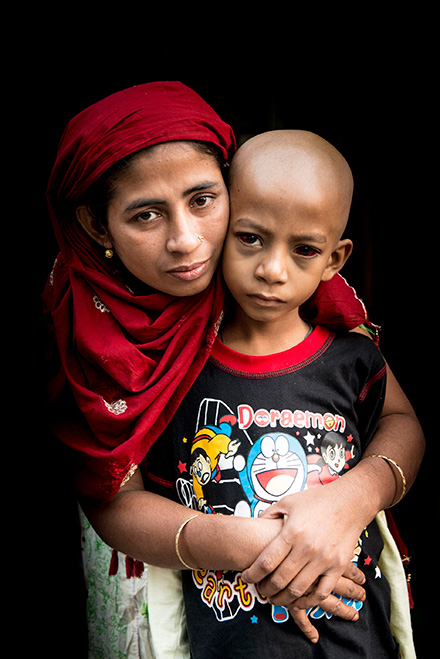

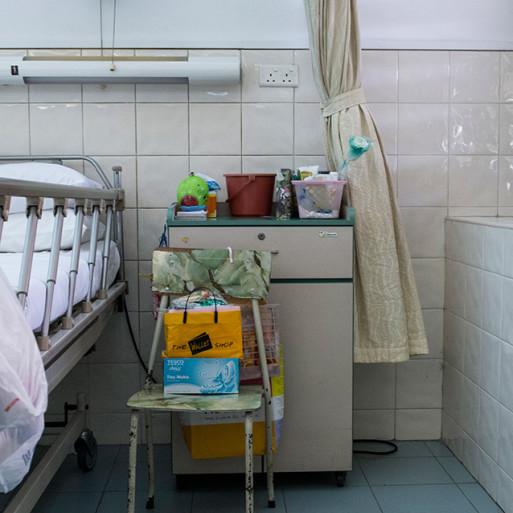



 Forest Bathing Eases Grief by Soaking in Nature
Forest Bathing Eases Grief by Soaking in Nature
 The Spiritual Symbolism of Cardinals
The Spiritual Symbolism of Cardinals
 Meaning-Focused Grief Therapy: Imaginal Dialogues with the Deceased
Meaning-Focused Grief Therapy: Imaginal Dialogues with the Deceased














